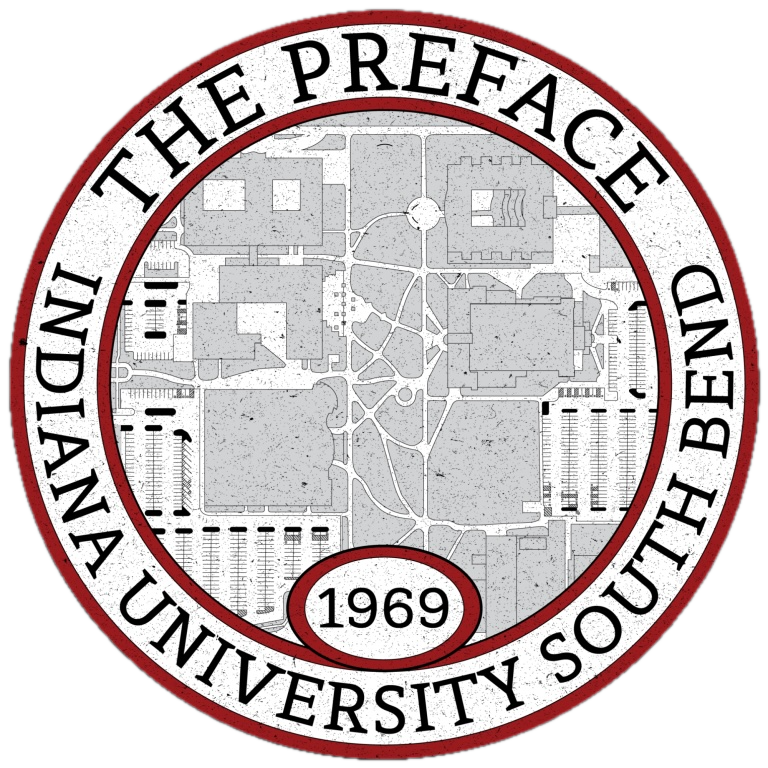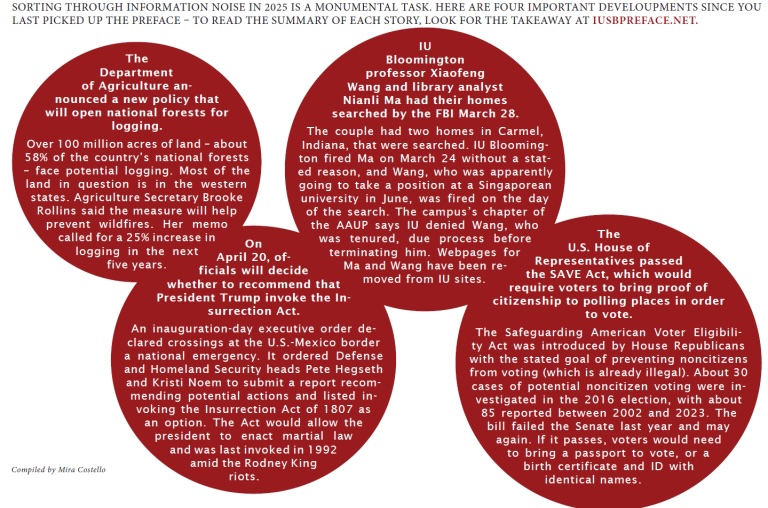Part 1: Who’s behind it?
By: Mira Costello
Editor-in-Chief
You may have heard the phrase “Project 2025” in political discourse over the last year or so, particularly in highly charged contexts. However, news reporting about it has been minimal, and it’s difficult to find reliable summaries of what the project really is.
I read the whole thing – yes, really – and I’m writing a series of articles to demystify Project 2025 and help you cut through the jargon to understand the policies that could affect your life as we prepare for the transition of power.
In general, when people say “Project 2025,” they are referring to the 2023 book called “Mandate for Leadership: The Conservative Promise.” The 922-page volume is a collection of chapters written by various authors on a wide variety of government-related and political topics, and it contains proposals that they suggest should be enacted starting on day one of the next Republican presidency.
The Heritage Foundation is the central entity directing Project 2025. It’s a conservative think tank that became highly influential in the conservative movement during the presidency of Ronald Reagan. In fact, Project 2025 is not the only Mandate for Leadership the foundation has written; in 1981, it released the original Mandate, which outlined over 2,000 conservative suggestions for the government, many of which Reagan enacted during his terms.
The authors themselves – of which there are 36 – range from economists to policy analysts to professors. Many work in conservative think tanks and have held positions in government. Although President-elect Donald Trump has repeatedly denied any affiliation with Project 2025, 16 of the authors worked in high-level positions in his administration or with his campaign, and the text references his presidency frequently.
Aside from the authors, the book also lists 53 organizations as its “advisory board.” The majority are conservative think tanks or similar nonprofits that conduct policy research based on conservative ideas and create legislative recommendations. A few are conservative Christian universities, and some are institutes focused on “training” young conservatives to become leaders in the conservative movement. Others still have more specific goals, such as ending abortion or affirmative action.
Two advisory board member organizations have readily apparent ties to the incoming administration. American Compass promoted Vice President-elect JD Vance extensively before the election, and The American Conservative features a host of aggrandizing content about President-elect Trump.
Of the board, 12 members self-identify as Christian or Evangelical, explicitly including the furtherance of Christian values in government in their mission statement.
At this point, you might ask why we call the book “Project 2025” even though those words don’t appear in the title. This is because the Mandate for Leadership is one “pillar” of Project 2025 – it’s the part of the project that describes the authors’ vision for government. The other three pillars are as follows:
- A personnel database to compile political appointee candidates, send them to Project 2025 advisers for review and then recommend them to the President-elect
- A “Presidential Administration Academy” to train political appointees
- A “playbook”. This document – apparently unpublished – is not described specifically in the Mandate, but it seems to be an internal guide laying out steps to implement the policies described in the book.
Aside from its four pillars, the Mandate for Leadership also offers four promises – but those will have to be the focus of our next installment in the Project 2025 series. (Try as I might, I can’t distill 922 pages into 500 words.)
If you’d like to follow along with the series, keep up with us on Instagram @iusbpreface to get notified when new articles are posted to our website, iusbpreface.net.














